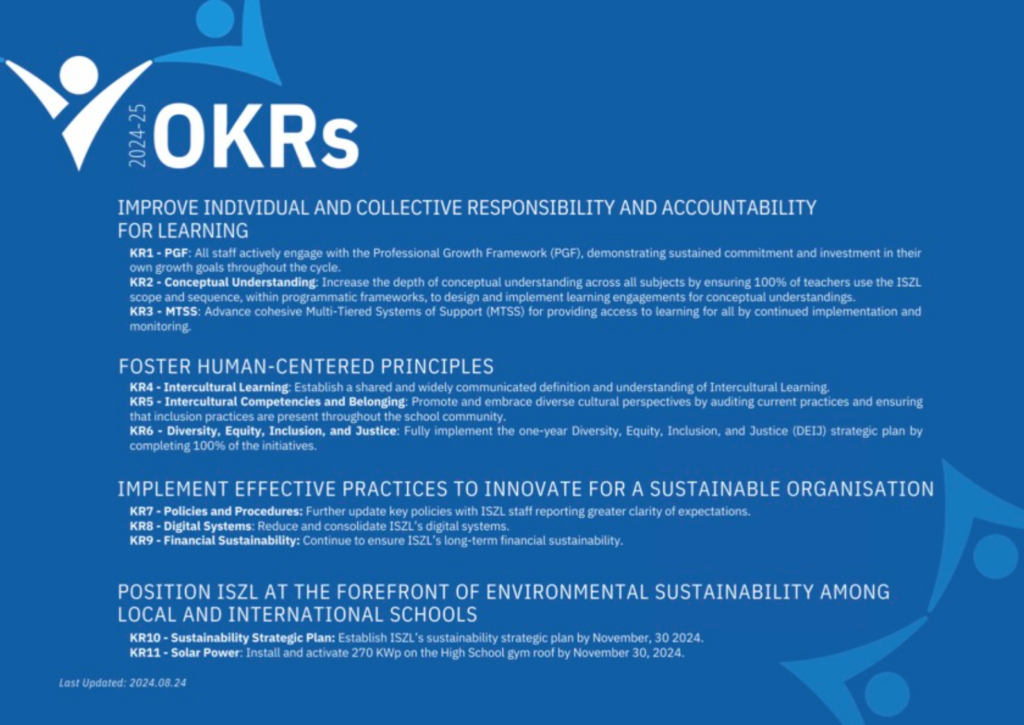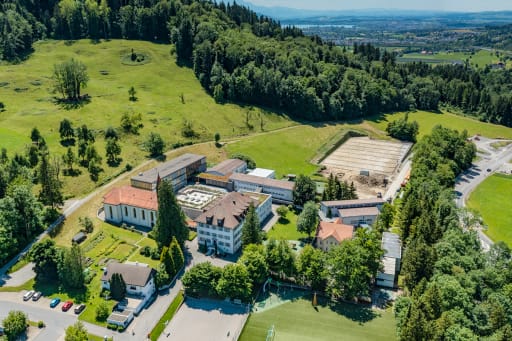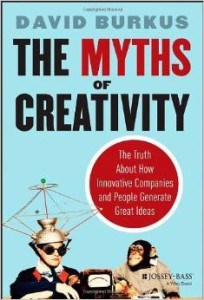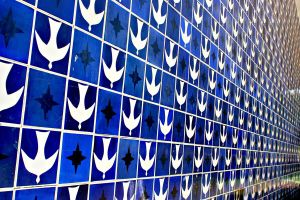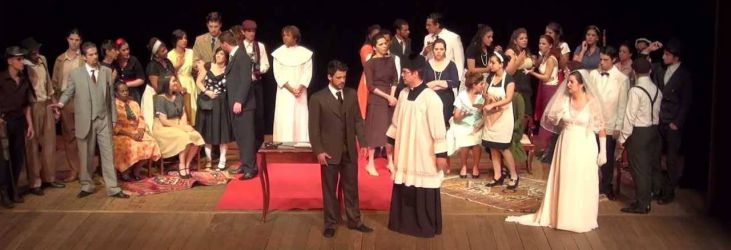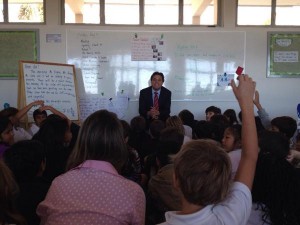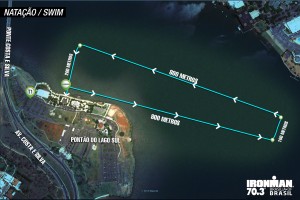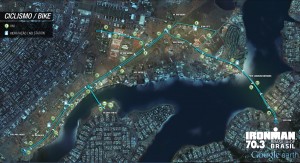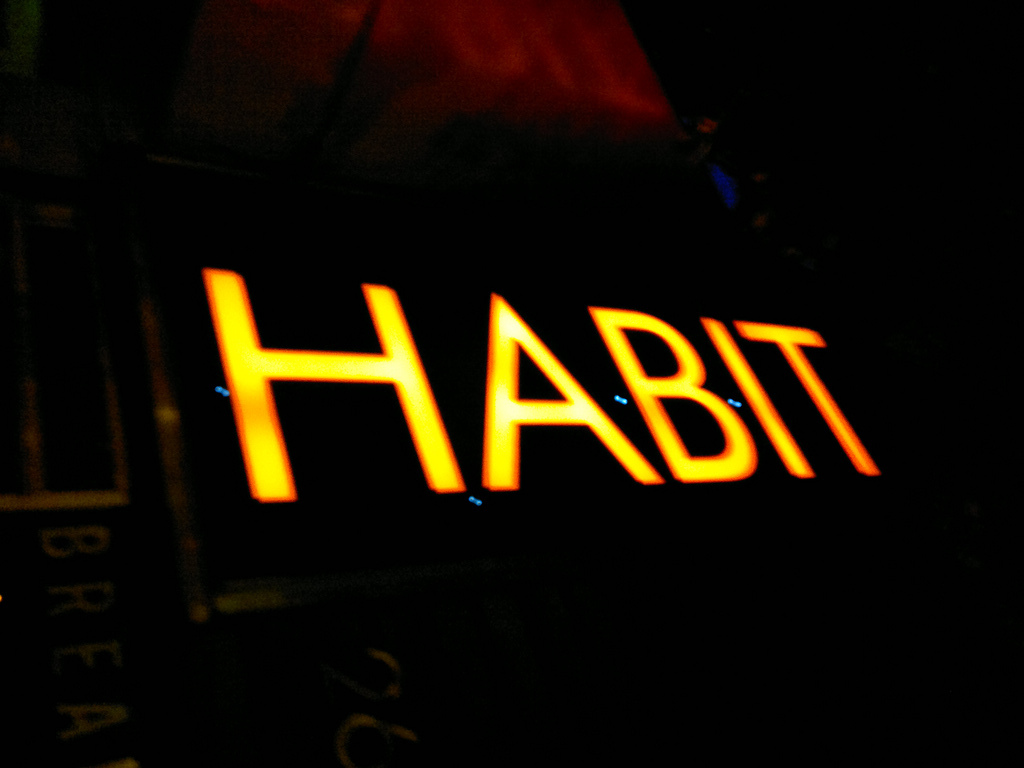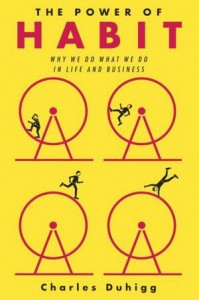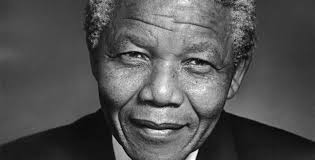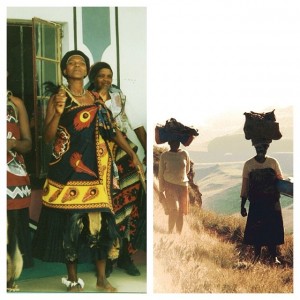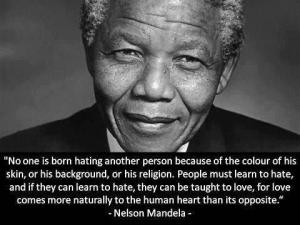Learners inspiring learners to be inquisitive in life, principled in character, and bold in vision.
A little over a year ago, our community embarked on a journey of reflection and self-examination as we conducted a review of our school’s mission statement and associated core documents. As with most meaningful endeavors, it was recognized at the start that the learning from this process was arguably as important, if not more important, than the final product. To that end, the yearlong review included the involvement of parents, students, and teachers through surveys, focus group discussions, retreats, review committees, and a school improvement team. At the end of this process, the American School of Brasilia’s (EAB) Board of Directors, who were also active participants, were presented with a proposed new mission statement, which was approved. As we look to the current year and years ahead, there is excitement surrounding the opportunity and challenge to make the new mission statement come alive.
Process
To avoid lengthy discussions and potential misunderstands regarding terminology, our School Improvement Team (SIT) agreed to not let the strict definitions and debates associated with the words mission and vision take way from the review process. SIT agreed on a basic definition of mission as “who we are” and vision, with an emphasis on the future, as “where we are going” and, more subtly, “how we will get there”. While not perfect, this was enough to move us forward.
As part of the reflection process, we literally reviewed hundreds of mission statements from schools around the world, fortune 500 companies, and internationally recognized not-for-profit organizations, with the goal of establishing criteria associated with an ideal mission statement structure. This process was helpful and led us to the following criteria:
- Accurately reflect our community and school
- Be short and concise, such that it could be easily memorized
- Avoid lofty language that sounds impressive but has little practicality
- Avoid a statement that encompasses everything but says very little
- Provide a framework to clarify who we are and what we value
- A blend of realism and optimism
- Strive for language that is accessible to all student ages in addition to community members whose first language is not English.
It was also agreed that the descriptor statement about the school would be removed from the mission and listed as a separate statement called “Our School”.
Our School: We are a diverse community that provides an English-language based pre-K through Grade 12 education. We are an International Baccalaureate World School with U.S. and Brazilian accreditation.
The remainder of the process focused on identifying and articulating the key components associated with our school’s identity. As those who have participated in similar processes, this is not an easy task but is at the very heart of establishing a new mission statement.
Looking back on the process, a key moment in the discussions occurred during the review of mission statements from other organizations, when someone highlighted the Ritz-Carlton motto:
We are ladies and gentlemen serving ladies and gentlemen.
This statement is not only elegant in its simplicity and content and easy to remember, but also acts as an effective and inspiring guide for everyone who works at the Ritz-Carlton.
New Mission Statement
There is no doubt that the Ritz-Carlton motto influenced the key aspect of EAB’s new mission statement, which articulates that we are a community of learners, adults and students alike, working together on an educational journey. It is EAB’s conviction that student learning is only maximized when all members of our community are also engaged in the learning process. It is this focus which led to the first words in EAB’s new mission and also serves as the new motto:
Learners inspiring learners
Education has fundamentally changed and continues to change, specifically in terms of who controls the flow of information. It is, therefore, of fundamental importance that schools be designed in an adaptable manner, such that they are positioned to take advantage of the current and future changes associated with learning. It was hoped that the concept of “learners inspiring learners” would capture these concepts in terms of how everyone in our community is always learning, adapting, and growing. Given that the control of information has shifted from teachers to students, we must then expect that parents, teachers, and school communities must also be continuous learners or we risk becoming irrelevant in the learning process.
With the first three words of the new mission statement established, the remaining parts of the mission emerged quickly, with the following result:
PREVIOUS Mission Statement:
The American School of Brasilia serves the International and Brazilian communities by providing a U.S. and Brazilian accredited pre-K through 12th grade program and International Baccalaureate Diploma in a culturally diverse atmosphere. Our English- language school develops and supports the whole child in achieving his or her own potential. Through a differentiated, innovative learning experience, we cultivate responsible and contributing citizens, leaders, and environmental stewards with a strong foundation of academic excellence.
NEW Mission Statement:
Learners inspiring learners to be inquisitive in life, principled in character, and bold in vision.
As stated, “Learners Inspiring Learners” highlights that we are all life long learners, learning together. “Inquisitive in Life” is about a focus on academic learning. However, learning should always take pace within the framework of character, ethics, and acceptable values. It is this belief in a whole child approach to learning that resulted in an emphasis on character: “Principled in Character” is about being a good person and making good decisions. Yet, it can then be argued that we have a moral imperative to use our learning and character to make a positive difference: “Bold in Vision” is focused on channeling our creative and innovative energies towards making a positive difference in the world.
In summary, after a yearlong review process, it is believed that the new mission meets the criteria set at the start of the process. The statement accurately reflects our community’s beliefs, is sufficiently short and concise such that it can be memorized, and avoids lofty language and jargon. It is also believed that the statement further articulates our values within the context of a blend of realism and optimism for the future.
We are excited to officially introduce EAB’s new mission statement. The next step is to ensure that the mission guides everything we do in addition to finding ways to make the mission come alive at our school.
Mais do que palavras
Learners inspiring learners to be inquisitive in life, principled in character, and bold in vision.
Há pouco mais de um ano, a nossa comunidade embarcou em uma jornada de reflexão e autoexame ao conduzirmos uma revisão da missão da nossa escola e documentos associados. Como na maioria dos empreendimentos, concluímos desde o início que o aprendizado, resultado desse processo, seria sem dúvida, tão importante ou mais que o produto final. Sendo assim, a revisão ao longo do ano contou com o envolvimento dos pais, alunos e professores, através de pesquisa, discussões em grupo, retiros, comitês e uma equipe de melhoria da escola. Ao final desse processo, os membros do conselho da Escola Americana de Brasília (EAB), que também participaram ativamente do processo, receberam uma proposta para a nova missão, a qual foi aprovada. A olharmos para o ano em curso e os anos à frente, sentimos um enorme entusiasmo em torno da oportunidade e desafio de transformarmos a nova missão em realidade.
Processo
Para evitar longas discussões e potenciais equívocos sobre a terminologia, a nossa equipe de melhoria da escola concordou em não permitir que definições rigorosas e debates relacionados com a palavra missão e visão participassem do processo de revisão. Concordou-se com uma definição básica da missão, “quem somos”, e da visão com ênfase no futuro, “pra onde vamos”, e de forma subjetiva, “como chegaremos lá”.
Como parte do processo de reflexão nós, literalmente, revisamos centenas de missões de escolas ao redor do mundo, de 500 empresas bem sucedidas e organizações sem fins lucrativos, reconhecidas internacionalmente, com objetivo de estabelecer um critério associado a uma estrutura de missão ideal. Esse processo foi muito útil e nos levou aos seguintes critérios:
- Refletir com precisão a nossa comunidade e escola;
- Ser breve e concisa, de modo que possa ser memorizada facilmente;
- Evitar uma linguagem rebuscada e pouco prática;
- Evitar uma declaração que engloba tudo, mas que diz pouco;
- Fornecer uma estrutura que diga quem somos e quais são os nossos valores;
- Uma mistura de realismo e otimismo;
- Usar uma linguagem que seja acessível para todas as idades, tanto dos alunos como dos membros da comunidade, cuja língua materna não é o Inglês.
Além disso, nós também concordamos que a declaração descritora sobre a escola seria removida da nossa missão e usada como uma declaração a parte, chamada: “Our School”:
Our School: We are a diverse community that provides an English-language based pre-K through Grade 12 education. We are an International Baccalaureate World School with U.S. and Brazilian accreditation.
O restante do processo teve como foco identificar e articular os principais componentes associados com a identidade da nossa escola. Para os que participaram em processos similares, esta não é uma tarefa fácil, mas é o cerne da criação de uma nova missão.
Voltando ao processo de criação, um dos momentos chave nas discussões ocorridas durante a revisão da missão de outras empresas, foi quando alguém destacou o lema do Ritz-Carlton (http://www.ritzcarlton.com/en/Corporate/GoldStandards/Default.htm):
Nós somos senhores e senhoras servindo senhores e senhoras.
Esta afirmação, além de ser elegante em sua simplicidade e conteúdo, também é fácil de ser lembrada e atua como um guia eficaz e inspirador para todos que trabalham no Ritz-Carlton.
Nova Declaração de Missão
Não há dúvidas de que o lema do Ritz-Carlton influenciou o aspecto fundamental da nova missão da EAB, que expressa que somos uma comunidade de aprendizes, alunos e adultos, trabalhando em conjunto durante essa jornada educacional. A EAB está convicta que o aprendizado do aluno só é maximizado quando todos os membros da nossa comunidade estão envolvidos no processo de aprendizagem. Esse é o foco que levou as primeiras palavras da nova missão da EAB, e também serve como novo lema:
Learners inspiring learners
A educação mudou fundamentalmente e, continua a mudar, especialmente em termos de quem controla o fluxo de informações. Portanto, é fundamental que as escolas sejam projetadas de forma flexível, de modo que estejam posicionadas para tirar vantagens das mudanças ligadas a aprendizagem, atuais e futuras. Criou-se uma expectativa de que o conceito de “learners inspiring learners” iria capturar essas idéias, já que todos na nossa comunidade estão em constante aprendizado, adaptação e crescimento. Tendo em vista de que o controle das informações passou dos professores para os alunos, nós devemos esperar que os pais, professores e a comunidade da escola sejam aprendizes contínuos, ou corremos o risco de nos tornarmos irrelevantes no processo de aprendizagem.
Com as três primeiras palavras da nova missão estabelecidas, o restante da missão saiu rapidamente com o seguinte resultado:
Missão Antiga:
The American School of Brasilia serves the International and Brazilian communities by providing a U.S. and Brazilian accredited pre-K through 12th grade program and International Baccalaureate Diploma in a culturally diverse atmosphere. Our English- language school develops and supports the whole child in achieving his or her own potential. Through a differentiated, innovative learning experience, we cultivate responsible and contributing citizens, leaders, and environmental stewards with a strong foundation of academic excellence.
Nova Missão:
Learners inspiring learners to be inquisitive in life, principled in character, and bold in vision.
Conforme declarado, “Learners inspiring learners”, destaca que nós somos aprendizes ao longo da vida, aprendendo juntos. “Inquisitive in life” está relacionado ao foco no aprendizado acadêmico. No entanto, a aprendizagem deve sempre ter lugar no âmbito do caráter, ética e valores aceitáveis. É através da crença na abordagem do aprendizado da criança como um todo, que resultou em ênfase ao caráter. “Principled in Character” trata-se sobre ser uma boa pessoa e em tomar boas decisões. Além disso, podemos argumentar que temos uma moral imperativa para usarmos o nosso aprendizado e caráter com o intuito de fazermos uma diferença positiva: “Bold in Vision” foca em canalizar a nossa criatividade e a nossa energia inovadora para fazer uma diferença positiva no mundo.
Resumindo, após um longo ano em um processo de revisão, acredita-se que a nova missão atende ao critério estabelecido no início do processo. A declaração reflete com precisão as crenças da nossa comunidade, é curta e concisa, tanto que pode ser memorizada e evita uma linguagem rebuscada ou gírias. Acredita-se também, que a declaração articula ainda mais os nossos valores dentro do contexto de uma mistura de realismo e otimismo para o futuro.
Estamos muito animados para apresentar oficialmente a nova missão da EAB. O próximo passo é garantir que a missão irá guiar tudo o que fizermos além de encontrar formas para trazermos a missão à vida na nossa escola.
Featured image: cc licensed (CC BY-NC-SA 2.0) flickr photo by Muha... https://www.flickr.com/photos/alpstedt/13339786034
